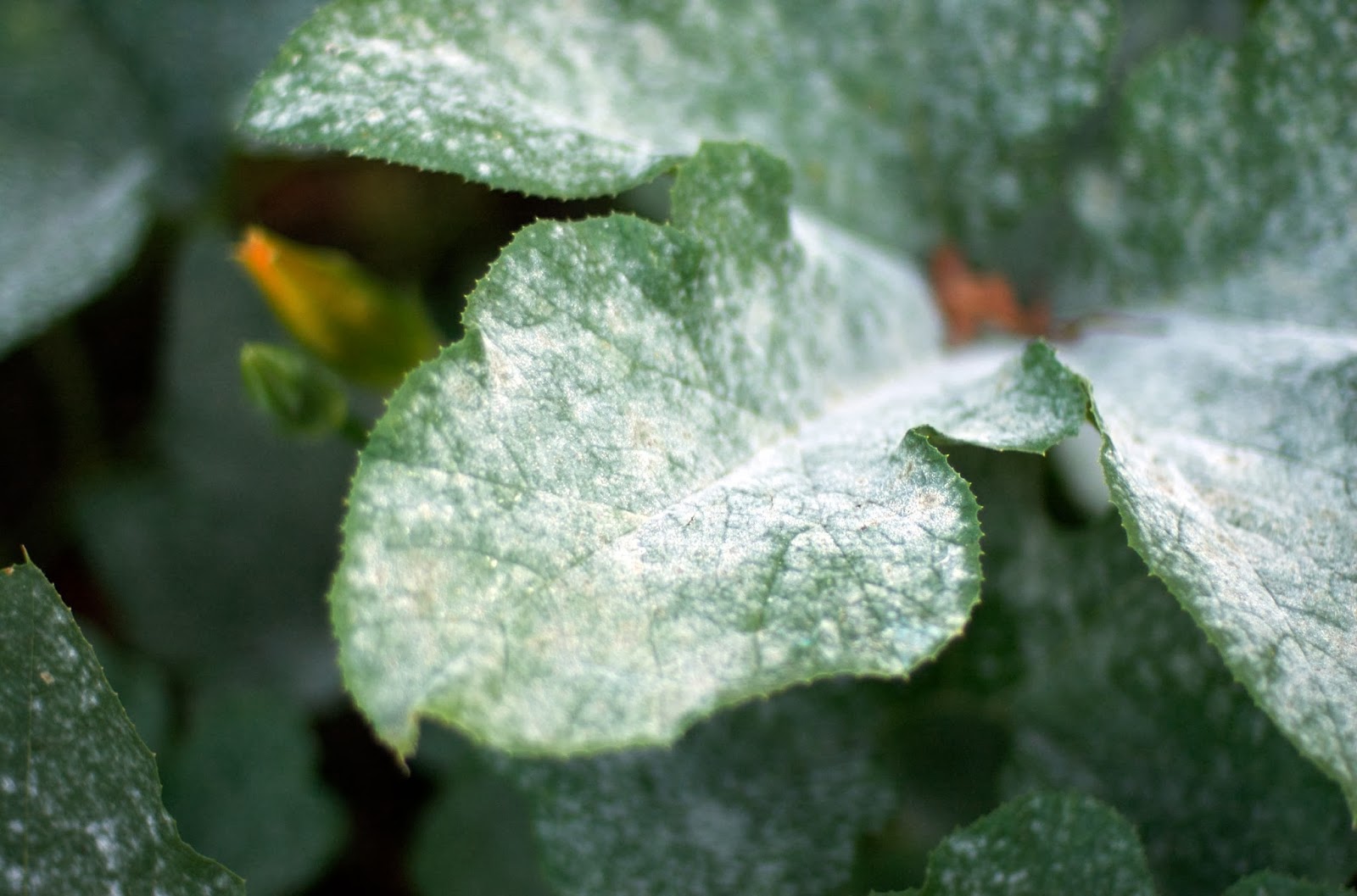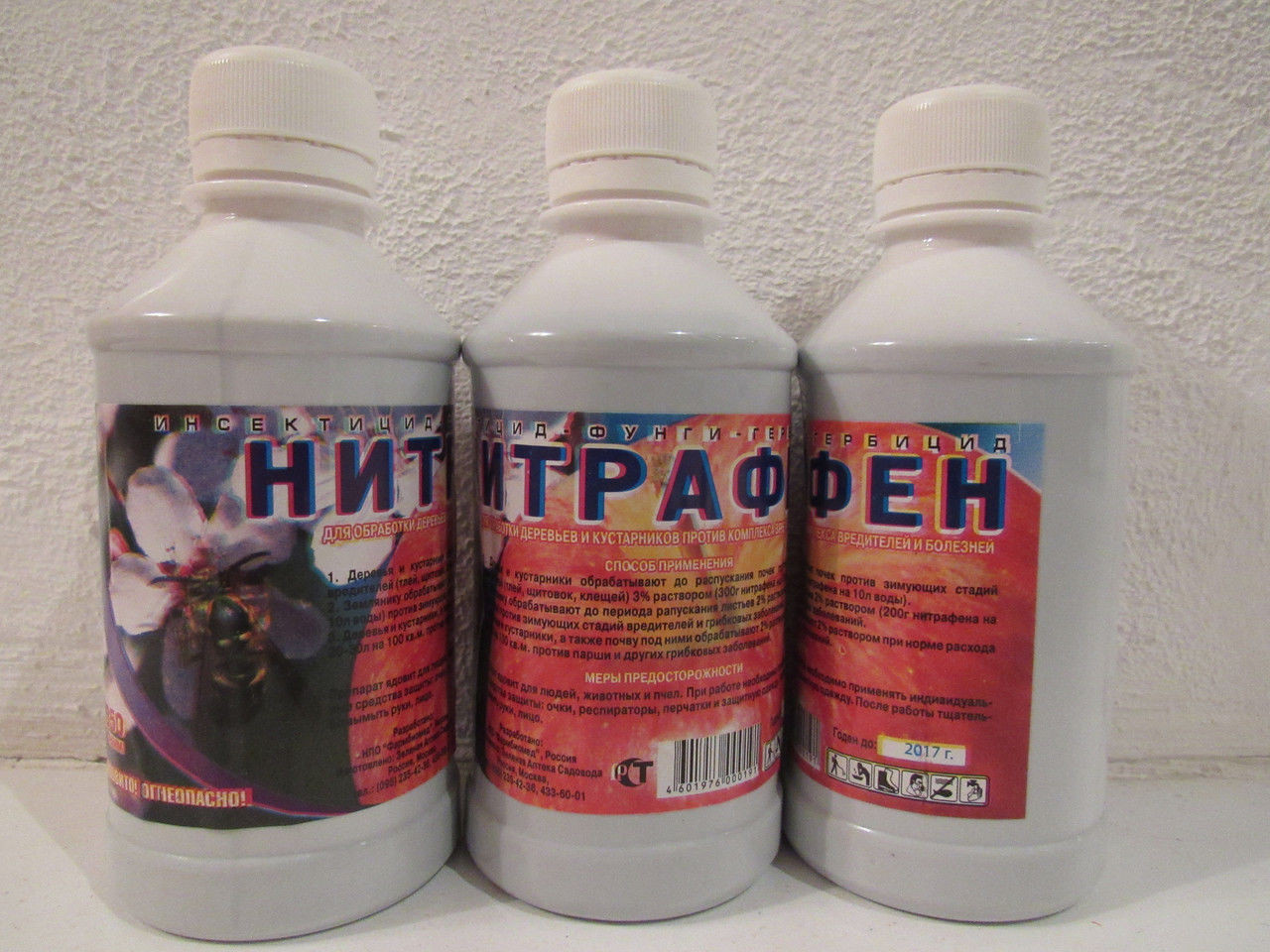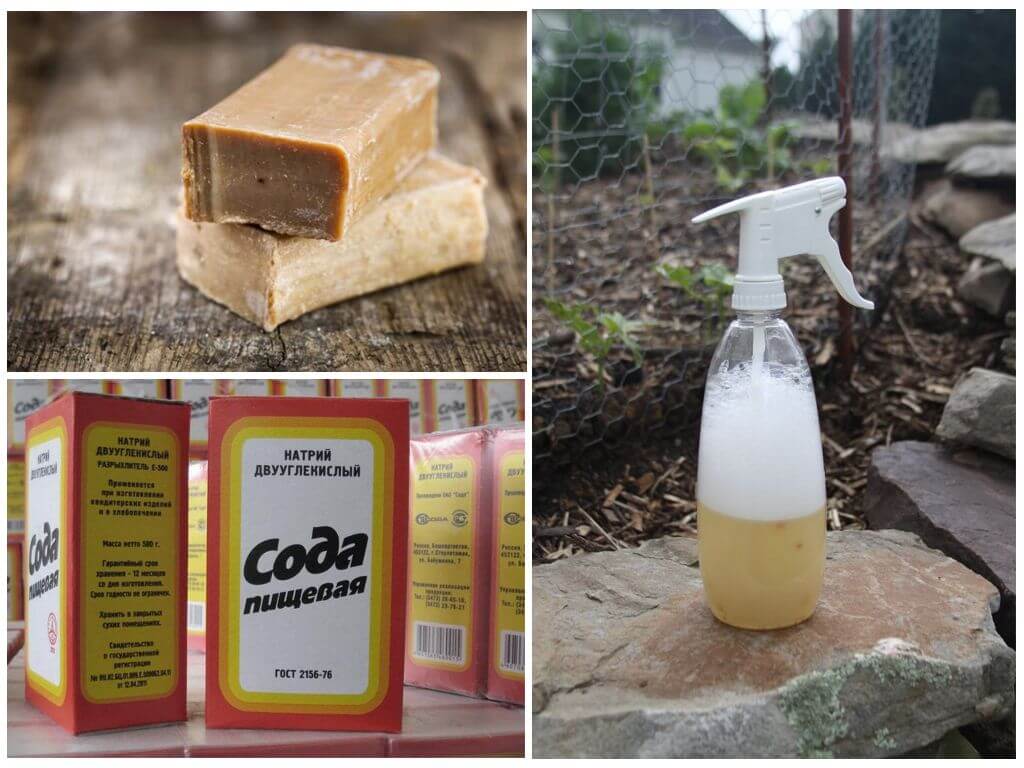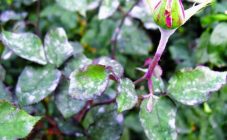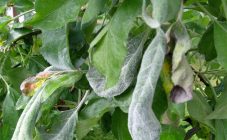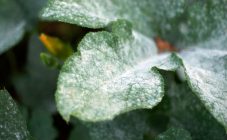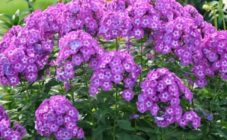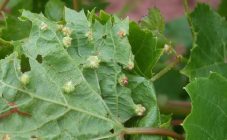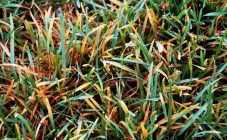Content:
Powdery mildew disease has many names. Among summer residents, it is often called ash and linen. In scientific circles, it has a name - spheroteka or American powdery mildew. It is a fungal disease, the development of which is provoked by several varieties of fungi, such as Sphaerotheca morus-uvae Berk, et Curt, Podosphaera fuliginea, Oidium tuckeri and Erysiphe cichoracearum. Fruit and berry crops are most often affected: gooseberries, red and black currants. Moreover, not a single blackcurrant variety has 100% immunity against this fungus. The disease develops all summer, the first signs are visible already in June, and in July-August the period of maximum activity begins.
What is dangerous and where does it come from
The defeat of the plant begins from the ground and rises higher and higher to the very top. Outwardly, the infection manifests itself in the form of a white bloom on the currant, on all its parts: leaves, petioles, berries and even young shoots. If you do not take measures, then the fungus captures the entire plant, upon closer inspection, ulcers are visible in the focus of the pathogen. The plant loses its vigor, photosynthesis in the leaves is suspended, the fruits crack and rot. In just 2 years, you can completely lose the bush if you do not take measures.
The emergence and spread of the spheroteque is favored by the following conditions:
- Prolonged precipitation;
- High temperature and humidity for a long time;
- Exceeding the rate of nitrogen application;
- Neglect of agricultural practices: non-compliance with the irrigation regime, high planting density (the distance between the bushes is less than 1.5 m), incorrect pruning.
- Low immunity of the variety to this fungus.
The carriers of the disease are flying insects, drops of water (from rain or watering), wind.
Signs of defeat
- Whitish or grayish bloom on currant branches and leaves. As the fungus develops, it takes on the appearance and shape of a brown-gray mold;
- A depressed growth point, which stops the development of a currant bush;
- The leaves curl inward, look scanty and turn pale green;
- The ovaries fall off, the formed fruits crack, rot, respectively, there can be no talk of any harvest;
- The whole plant as a whole dries up and becomes weak and unstable to frost. Therefore, if the fungus does not kill the shrub, then it very often dies after wintering.
Disease prevention
Even visually healthy plants need to be constantly examined and preventive measures taken:
- Cleaning of the garden. In spring and autumn, you need to rake all the foliage, grass and fallen branches from under the bushes and in the surrounding area. All collected waste must be incinerated;
- Weeding. The fungus may well appear through weeds, since it is also susceptible to infection. It is imperative to remove weeds in the trunk circle and loosen the soil;
- The choice of planting material. It is important to know that if initially the climate of the region assumes the possibility of spreading powdery mildew, then it is imperative to select varieties with increased immunity against fungal diseases, for example, Golubka, Ocharovanie, Selechenskaya or Agat;
- Regulation of nitrogen fertilization. Always follow strict instructions for the application of fertilizers. In nitrogen fertilizers, black currant only needs an early spring phase of active growth.In June, nitrogen is no longer required;
Consumption rates of various nitrogen-containing fertilizers for black currant
| Top dressing | Consumption per 1 bush |
|---|---|
| Urea | 10-15 g dry or as a solution (for 10 liters of water) |
| Chicken droppings | 1 kg pour 10 liters of water and leave for three days |
| Orgavit | Dry 200-300 g, in solution - 100 g per 10 l of water (leave for up to 2 days, solution consumption - 1 l / bush) |
| Mullein | 2 kg pour 10 liters of water and leave for half a day |
- Constantly inspect the plant. At the slightest suspicion of the appearance of a fungus, suspicious parts of the plant are disposed of;
- In early spring, the bushes need to be treated with a solution of copper sulfate - 100 g per 10 liters of water;
- Rejuvenating pruning of the bush must be done with caution, since excessive shortening of the branches reduces the protective functions of the currant. Another important condition is the disinfection of the instruments used for trimming;
- Pouring boiling water over the bush at the time of active snow melting. Hot water (90˚C) kills insects and fungi that have hibernated and have not yet woken up.
How to fight
If powdery mildew was noticed on currants, control measures should be applied, depending on the degree of damage. One method may help, or perhaps a comprehensive treatment is needed.
To fight the fungus will help:
- Chemical treatment;
- Strict adherence to cultivation techniques;
- Using folk remedies.
Agrotechnical nuances
Compliance with the rules of cultivation often plays a major role in getting rid of currants from insects and diseases.
Protection against powdery mildew through agricultural technology:
- Related groups of plants that are prone to the same diseases should be planted at a safe distance from each other. Do not plant gooseberries and all types of currants in one place;
- For planting, you need to choose a well-lit area with sufficient free space around the bush (1.5-2 m);
- Nitrogen fertilizers are applied strictly on schedule either before winter or in spring;
- Plants that have been infected must be treated with chemicals strictly before flowering and after fruiting. In this case, it is necessary to get rid of all affected shoots, leaves, berries;
- The spread of the fungus starts from the ground, therefore, if possible, the top layer of the soil is replaced with humus.
Effective drugs (what to treat)
It is generally believed that the surest choice is to treat currants with chemical agents. This is not always true, however, often fungicides and biofungicides really solve the problem of the spread of the fungus.
Biologicals
This group is considered safe for animals and humans. The gentle composition does not harm the environment, but at the same time it is effective only at the initial stage of the spread of powdery mildew.
Trichodermin
Consumption rate - 0.2 kg per 10 liters of water.
This tool not only suppresses the mycelium, but also fills the soil with nutrients. With this solution, you can spray shoots and soil, you can water the bush directly from the bucket.
Fitosporin
Consumption rate - 5 g per 10 liters of water.
The bacteria that make up the drug destroy the pathogen of the fungus. Very effective in the early stages of the disease. You can spray the bushes with this solution in 2 stages: at the stage of foliage development and at the time of the formation of ovaries.
Fungicides
Synthetic products tend to have a very aggressive effect, so you must always follow the consumption rates and processing times. The effectiveness of the drug will be maximum only with careful processing of branches and leaves from all sides, therefore, you need to prepare a spray bottle (mechanical or manual). To avoid poisoning, processing should be carried out in calm weather, using personal protective equipment (glasses, gloves, suit). Smoking and eating during processing are prohibited.
Nitrafen
Consumption rate - 150 g per 10 liters of water.
Collect dry foliage, weeds and branches before spraying. The drug is used to treat not only the bush, but also the near-stem area. For 10 m2, 2 liters of ready-made solution are consumed.Over-application can cause foliage burns.
Topaz
The consumption rate is 2 ml per 10 liters of water.
The tool is used both for prophylactic purposes and as the main treatment, since the active ingredients kill the spores of the fungus. Processing should be carried out in dry weather.
Karatan
It is used in 0.1% concentration.
Prevents the germination of spores and destroys the mycelium. Do not use at temperatures above +30 ˚C. Cannot be used with mineral oil emulsions.
Folk remedies
The advantage of these treatments is their safety for nature and humans. Processing with folk remedies can be carried out as needed at any time: both at the stage of growth and at the time of ripening.
The crop treated with such solutions can be eaten, but the presence of an off-taste is possible:
- Soap solution with soda - for 10 liters of water 50 g of soda and 10 g of laundry soap;
- Herbal infusions, such as horsetail or onion skins. Plants are soaked in water for a day;
- Kefir solution - 1 liter of kefir per 10 liters of water. In order for the agent to stick to the currants, a connecting link is added to the solution - soap. The solution is applied through a spray bottle. Lactic acid bacteria effectively destroy fungal spores;
- Ash and tobacco ash. Ash (200 g per 2 l) is added to boiling water, left on fire for a quarter of an hour. After that, the solution is left to brew for two days. It is a concentrated product. Before processing, the infusion must be filtered and diluted with water so that the yield is 10 liters. The treatment is done with a spray;
- Potassium permanganate is the best disinfectant. A 1% solution is sprayed onto the bush, carefully processing the lower part of the leaves.
For better adhesion to the surface of the plant, laundry soap can be added to any of the solutions at the rate of 5 g per 5 liters of water. To make the soap dissolve in water better, you can first wipe it on a grater.
To grow a crop and start harvesting it, you need to make a lot of efforts to protect currants from fungal diseases. There are a lot of methods of dealing with this ailment, only empirically you can identify which one works best in a particular situation. The rules of cultivation cannot be neglected, very often this is enough for the plant to be healthy.
